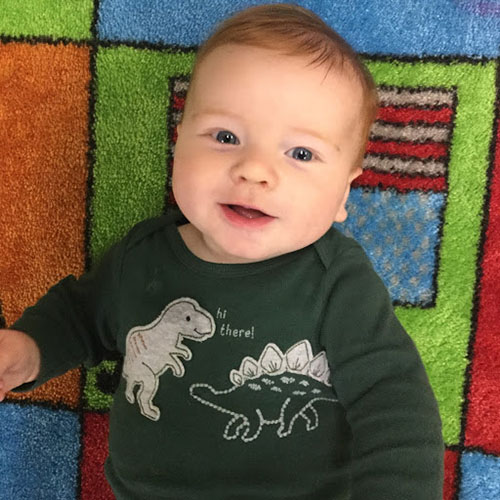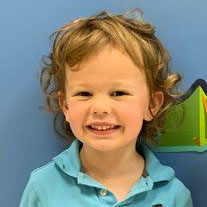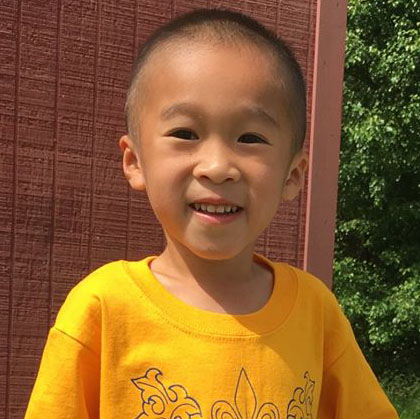A 3-year-old boy looks up at a visitor and shyly whispers, “Hola.”
Meanwhile, a second-grader starts to ask her teacher a question in English, but is corrected and told to speak Spanish.
These kids are students in Courthouse Academy’s Spanish Immersion program, in which children work for part of the day with a teacher who only speaks Spanish.
“It is designed for English-speaking children to become bi-lingual,” said Kimberly Pomares, owner and president of Courthouse Academy.
The students begin learning Spanish vocabulary when they are 2 years old, Pomares said, and by the time they are in second grade they study Spanish culture and have reading and writing lessons in Spanish.
Each classroom has two teachers, including an English-speaking teacher and a native Spanish speaker who only speaks to the children in Spanish. Storybooks and workbooks are also used, Pomares said.
The pre-schoolers focus on basic greetings and farewells as well the names of objects, and they learn to count in Spanish, said teacher Perlacristal Marcano.
By the time they’re in the second and third grades, they’re reading Spanish storybooks and translating words by looking them up in an English/Spanish dictionary.
On one recent day, the children were making their own booklet at the conclusion of a unit. Completing the booklet required them to translate greetings and farewell, answer basic questions in Spanish, and list basic information such as the days of the week in Spanish.
Pomares said that the Spanish Immersion Program began in 2010 at the suggestion of her daughters, Morgan and Taylor, who had studied Spanish as children and became fluent while living in Madrid.
“I started this academy for my daughters,” said Pomares, who began Courthouse Academy in 1992. Because she is of Hispanic background, she wanted her daughters and other children to learn to speak Spanish, so the curriculum included Spanish.
Then, her daughters suggested that immersion was the best way to learn a language, so she began the current program, which includes about 130 students.
The program sometimes puts the kids one-up on their parents, most of whom don’t speak Spanish, said Pomares.
“One mother told us that every time her daughter got mad at her, she spoke to her in Spanish and the mother couldn’t understand it,” Pomares said.







